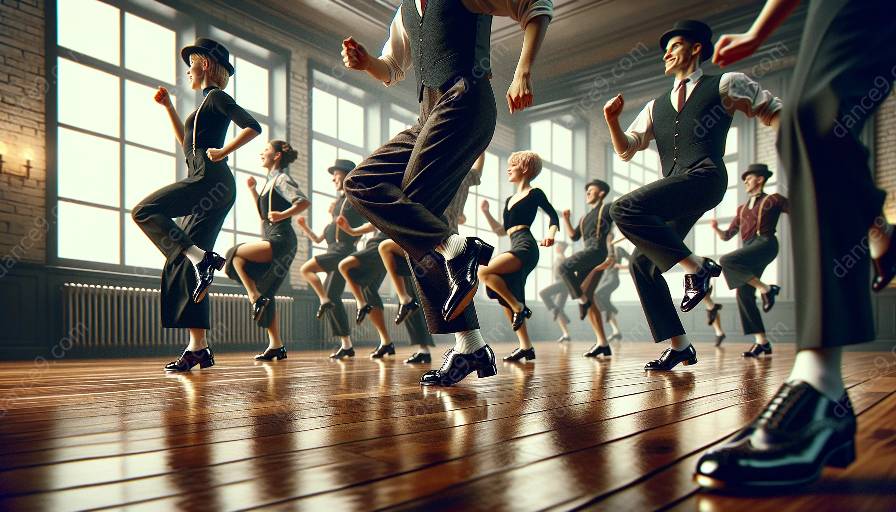The History of Tap Dancing
Tap dancing has a rich history that dates back to the African American and Irish communities in the 19th century. It combines elements of traditional African and Irish step dances, as well as the rhythmic complexities of jazz music. Over time, tap dancing has evolved into a dynamic art form that continues to captivate audiences around the world.
Techniques and Styles
Tap dancing involves creating rhythms and sounds with the feet by wearing special shoes with metal plates on the soles. Dancers use their feet as percussive instruments, producing a rhythmic and melodic accompaniment to music. There are various styles of tap dancing, including rhythm tap, Broadway tap, and hoofing, each with its own unique techniques and characteristics.
Relevance to Dance Classes
Tap dancing is a popular choice in dance classes for both children and adults. It provides an exciting and energetic way for students to learn musicality, coordination, and rhythm. Through tap dance classes, individuals can enhance their physical fitness, motor skills, and creativity while enjoying the expressive nature of this art form.
Connecting with Performing Arts (Dance)
Within the realm of performing arts, tap dancing holds a significant place as a form of expression and storytelling. It often becomes the centerpiece of productions, showcasing the performers' skill and passion. Whether as part of a theatrical performance or a standalone act, tap dancing adds a dynamic and captivating element to performing arts, captivating audiences with its intricate footwork and infectious rhythms.
Conclusion
Tap dancing is a timeless and versatile art form that continues to thrive within dance classes and the performing arts. Its rich history, diverse techniques, and engaging styles make it an essential component of the dance world, captivating both dancers and audiences alike.













































































